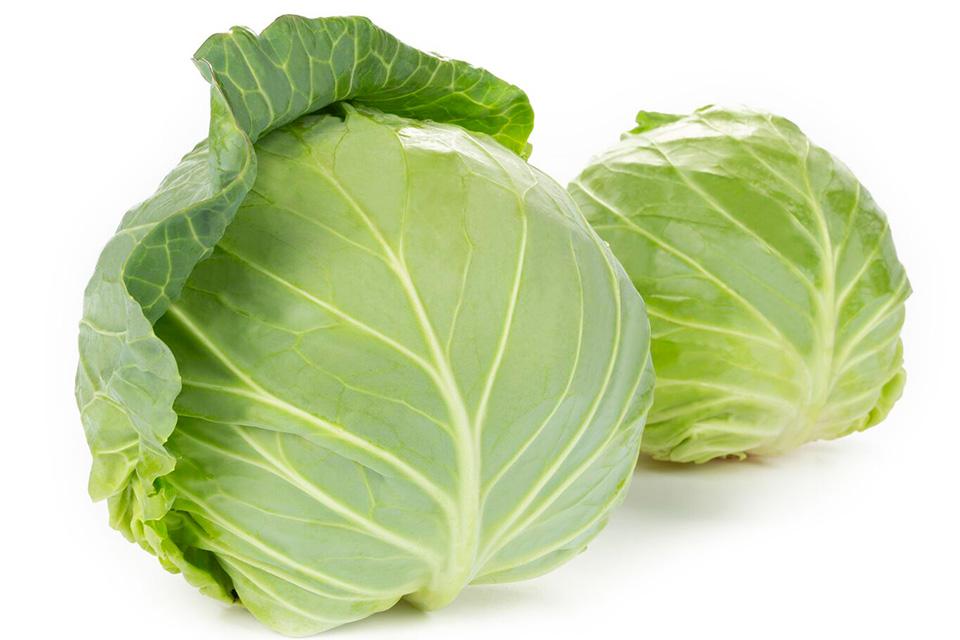
Cabbage (बन्दगोभी)
Cabbage is a leafy green vegetable that is widely cultivated and consumed globally, including in Nepal. It belongs to the Brassica family and is rich in essential nutrients like vitamin C, vitamin...
Get Cabbage (बन्दगोभी) From Nearby Stores
No Recommendations Available
We couldn't find any stores with Cabbage (बन्दगोभी) products at the moment.